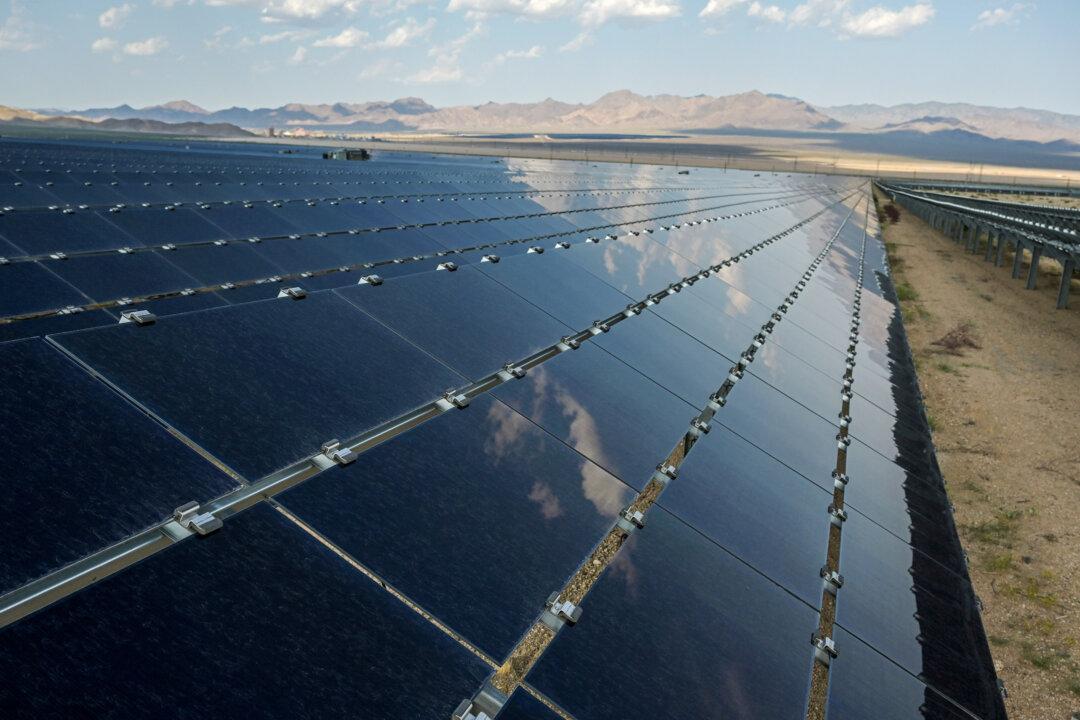This article is the second in a series on the underreported costs of solar power. The first examined how large-scale solar projects are using high-quality farmland across America.
The Biden administration is considering a rule change that would discount costs for solar companies who want to use public lands. Meanwhile, biologists and activists are sounding the alarm about the dangers of large-scale solar projects for flora, fauna, and natural beauty throughout the country, especially in the deserts.





